A Letter to Mary MacKillop
April 8, 2022
To commemorate the anniversary for when Mary MacKillop received Constitutions of the Institute (Sisters of Saint Joseph of the Sacred Heart) and when Central Government was accepted on 21 April 1874, Sr Maria Casey shares what she would have written to Mary if she was alive today.
Lent and the life of Mary MacKillop
March 22, 2022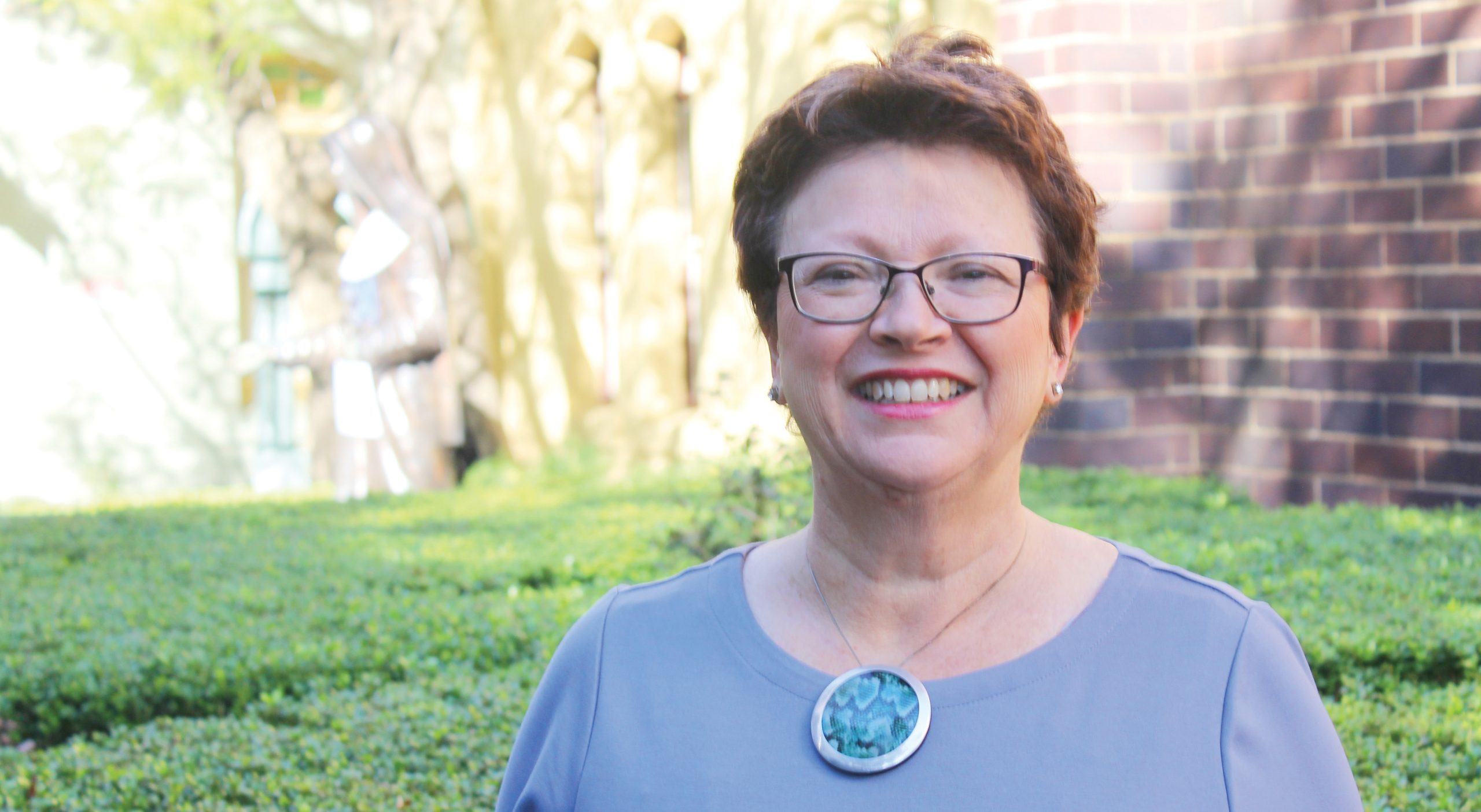
CEO of Mary MacKillop Today, Jane Woolford, shares her personal reflections in this Lenten season.
There is no doubt that hardship is all around us. Right here in Australia, people are enduring devastating damage from the floods. We are still feeling the difficult impacts of the pandemic, and overseas we are seeing a horrendous war play out with children and families caught in the crossfire.
During Lent, we reflect on the themes of sacrifice, justice and almsgiving.
A woman ahead of her time
March 8, 2022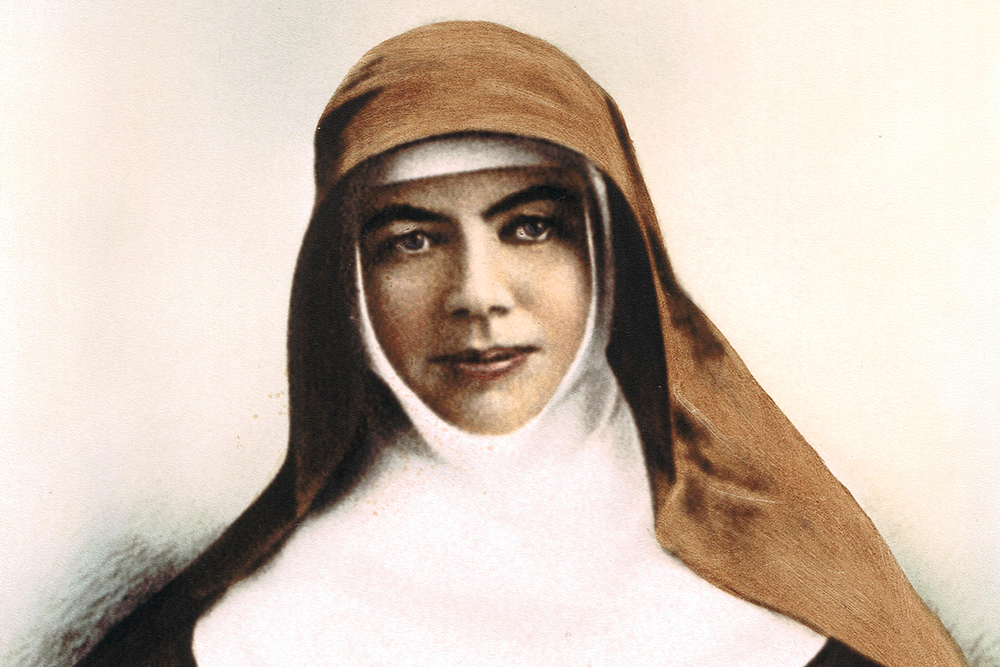
Celebrating International Women’s Day (8 March) is a great impetus for women around the globe to creatively and courageously encourage further, the growing surge for progress in the tussle for recognition and equality.
Mary MacKillop’s Experience with Illness
February 8, 2022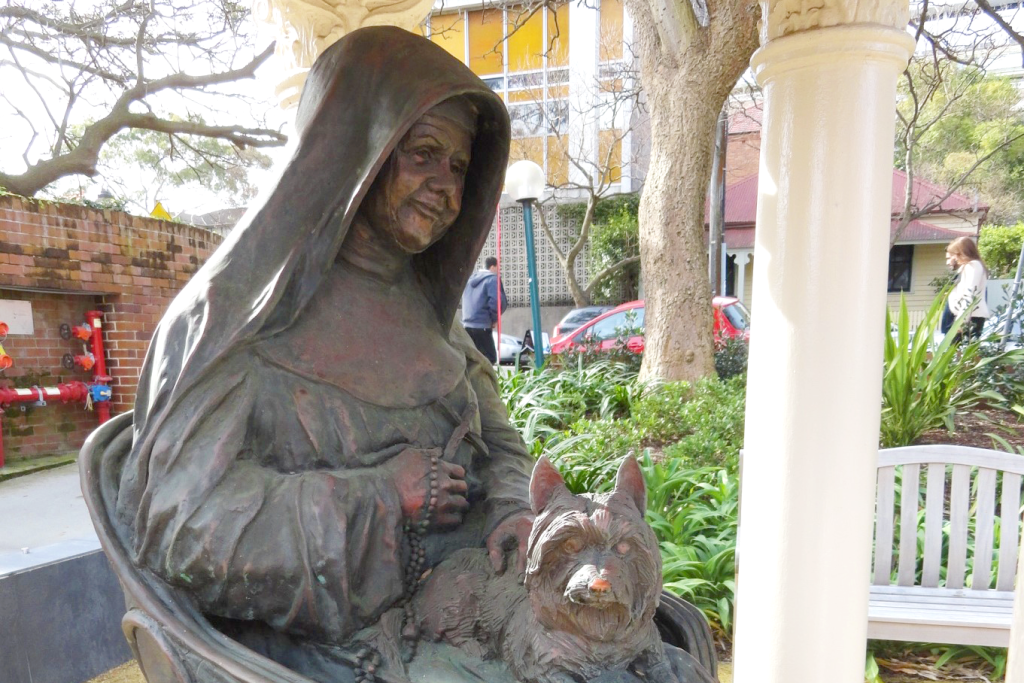
Recently I have heard our culture described as being ‘crippled with emotion and needing intensive care for hope’. There are many types of illness including, physical, emotional and psychological, pervading the environs that we mix in.
Birth of Mary MacKillop – 15 January 1842
December 22, 2021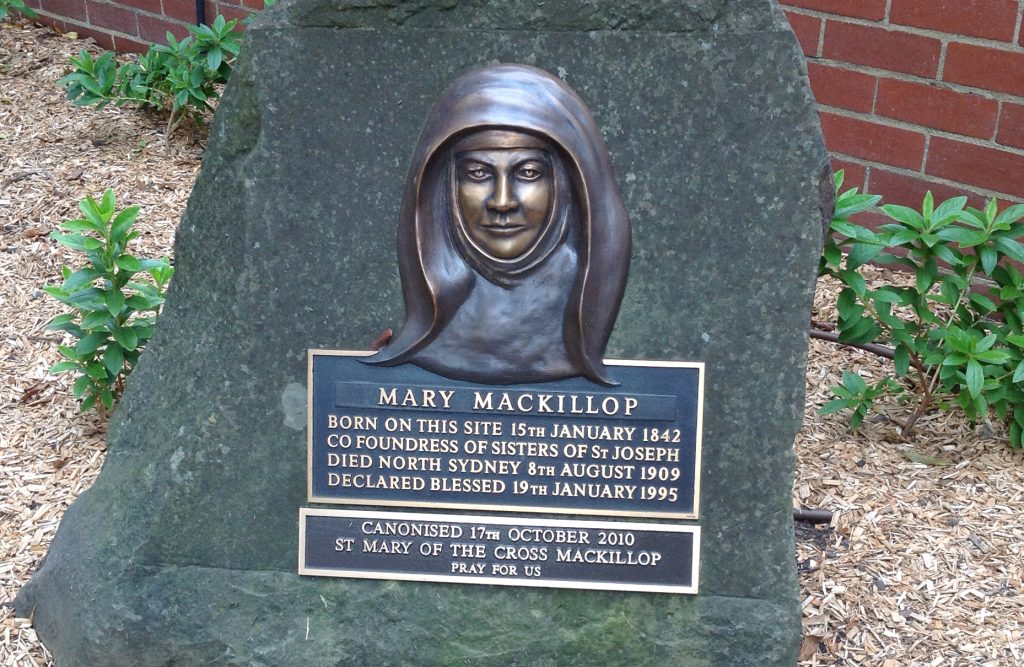
In 1891, during a worldwide depression, the people of Melbourne city suffered greatly. Those who were rich lost their investments, those who were poor lost their work, the poorest were homeless and slept on the streets. The Archbishop of Melbourne had a heart for the poor and he talked to Mary MacKillop, the new Josephite in his diocese, about his worries.
Farewell to the Saint Mary MacKillop SuperCat
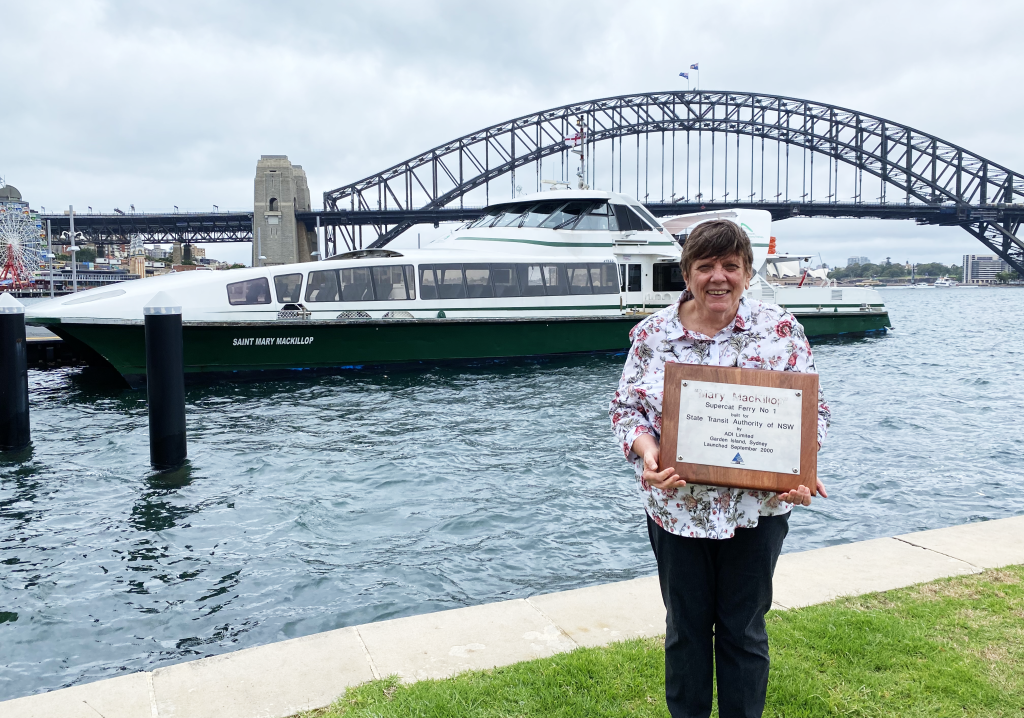
With over 20 years’ service under her helm, the St Mary MacKillop SuperCat ferry recently enjoyed a suitable send-off on Sydney Harbour.
Over 50 sisters and staff from the Sisters of Saint Joseph gathered to say a special farewell to the vessel which was named in honour of Australia’s first saint. Launching from McMahon’s Point and hosted by NSW Transport, the final cruise was an opportunity for everyone to enjoy one last ferry ride before her ‘retirement’.
Christmas from Mary MacKillop
December 8, 2021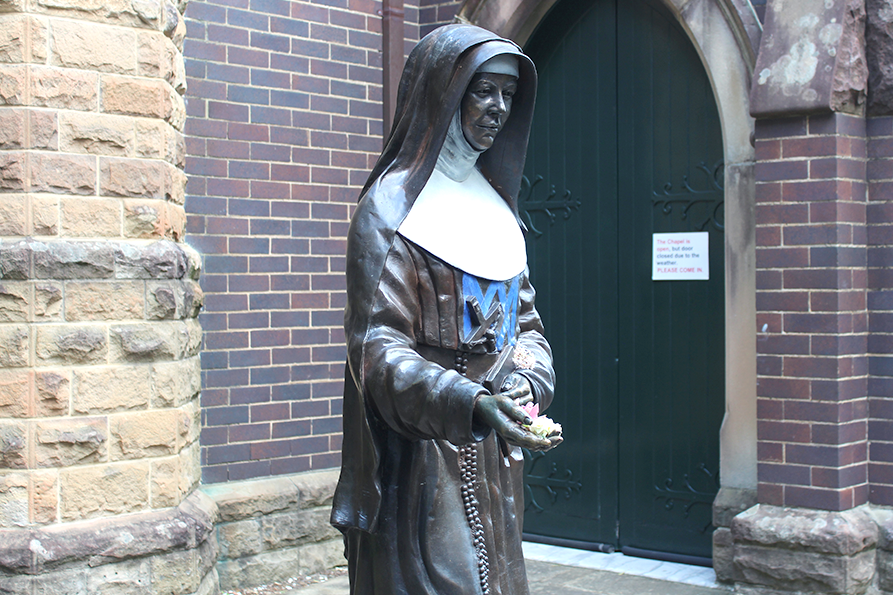
While Covid continues to swirl around Australia, and its relative Omicron has joined in the spoiling, Australians are gaining new freedoms in time for Christmas. Borders are opening and we will be able to travel again. Families are planning to be with loved ones who have been apart for over two years.
St Mary MacKillop – Our Australian Saint
November 8, 2021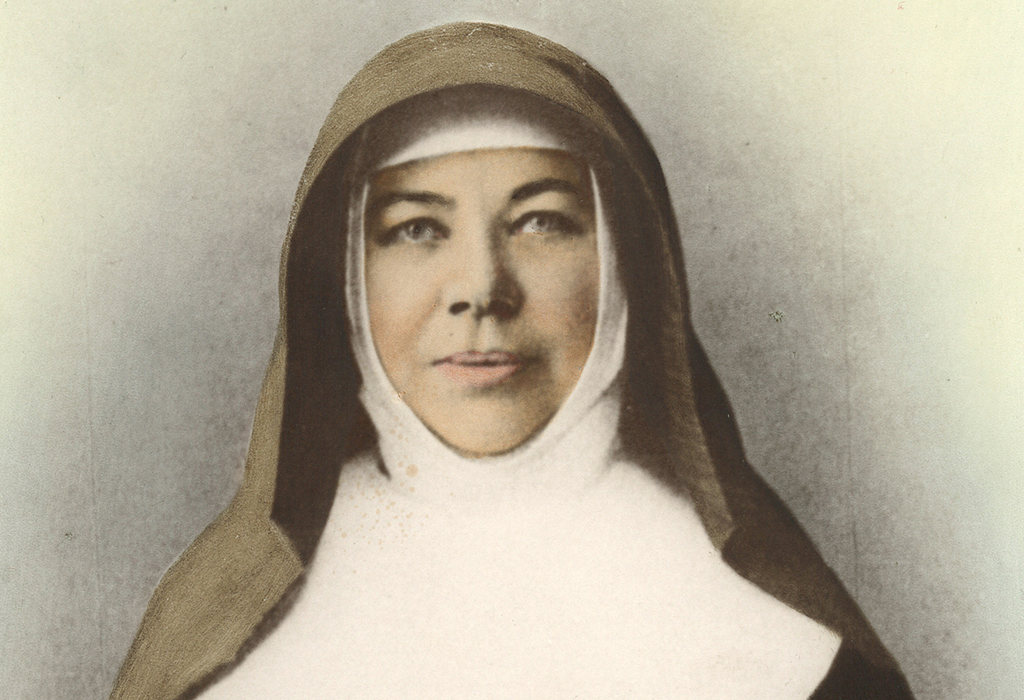
As a child, Saints were an important part of my world. As a community we celebrated our patrons and gazed with mysterious wonder at the beautiful statues that adorned our parish churches. We valued the holy pictures given for achievement or for special occasions, attended the weekly novena for Our Lady of Perpetual Succour and prayed earnestly to St Anthony to search and find our lost items.
